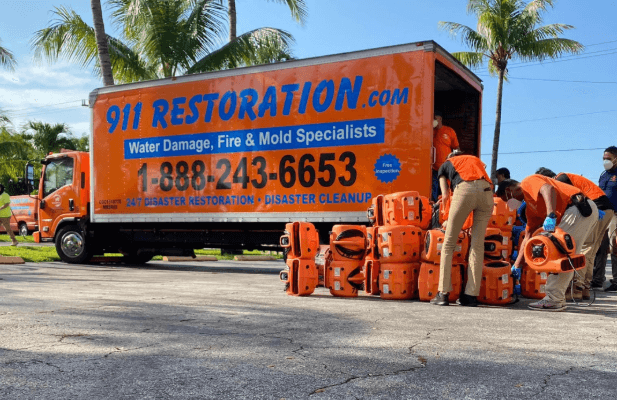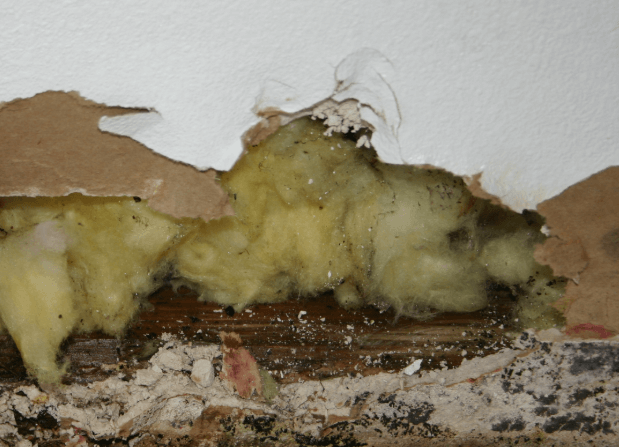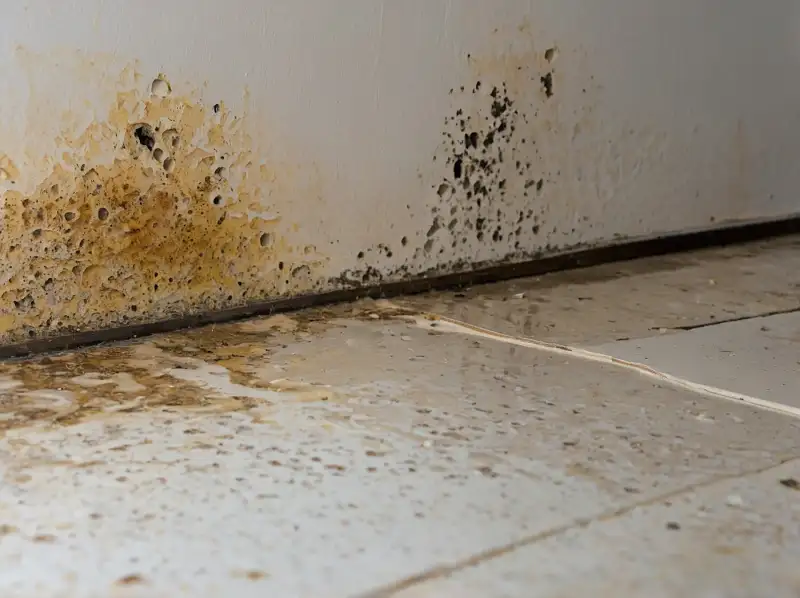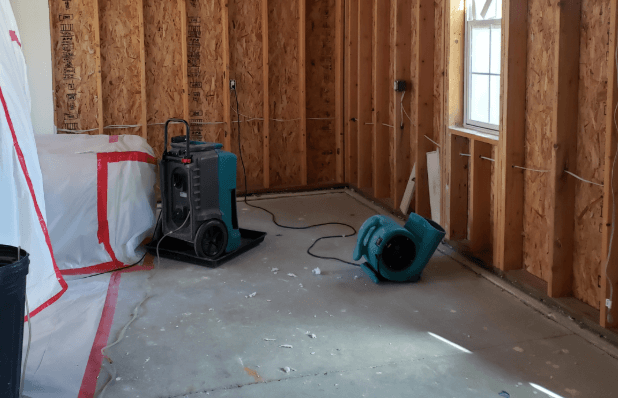
28
Aug
Effective Strategies for Water Mitigation Techniques
What Is Water Mitigation?
Water mitigation refers to the process of reducing or preventing the amount of water damage that occurs after a flood, burst pipe, or any water-related incident. The primary goal is to prevent further damage by quickly and efficiently removing water, drying out affected areas, and addressing underlying issues.
An effective mitigation process involves understanding the source of the water, categorizing the type of water involved, and assessing the extent of the damage. This initial assessment is crucial in determining the appropriate course of action and ensuring the safety of the property’s occupants.
Why Emergency Mitigation Matters
Emergency mitigation is critical because time is of the essence when dealing with water damage. The longer water sits, the more extensive the damage it can cause to your property. Quick action is necessary to prevent mold growth, structural damage, and other costly repairs.
Emergency services often include an immediate assessment of the situation, water extraction, and initial drying procedures. These initial steps are vital in stabilizing the environment and laying the groundwork for comprehensive restoration efforts. Acting swiftly not only mitigates damage but also reduces the overall time and cost involved in restoring the property.
Key Water Mitigation Techniques
Water Extraction
The first and foremost step in water mitigation is water extraction. Using pumps and vacuums, professionals remove standing water from the property. This step is crucial as it helps prevent further saturation of building materials and reduces the risk of mold growth.
Efficient water extraction also minimizes the possibility of secondary damage, such as warping of wood and deterioration of other materials. The speed and effectiveness of water extraction are often determined by the equipment used and the expertise of the professionals handling the task.
Drying The Area
After water extraction, the next step is to dry the affected areas. This involves using industrial-grade dehumidifiers and air movers to remove moisture from walls, floors, and other surfaces. Proper drying prevents the onset of mold and mildew, which can pose health risks and cause additional damage.
The drying process may also involve monitoring moisture levels in the air and materials to ensure that the drying goals are achieved. Failure to adequately dry affected areas can lead to long-term issues, such as structural weakening and persistent mold problems.
Mold Prevention
Mold can begin to grow within 24 to 48 hours after water exposure. To prevent this, it is vital to control humidity levels and ensure thorough drying of all affected areas. In some cases, mold inhibitors may be applied to surfaces to prevent mold growth. These inhibitors are specially formulated to create a protective barrier, inhibiting mold spores from taking hold.
Structural Drying
Structural drying is a technique used to save as much of the building materials as possible. By using advanced drying equipment, professionals target moisture trapped in hard-to-reach areas, such as behind walls and under floors. This process is crucial for preserving the integrity of the building and preventing long-term structural issues.
Structural drying may involve using infrared cameras to detect moisture pockets and ensure thorough drying. The expertise required for structural drying underscores the importance of hiring experienced professionals who can assess and address the unique challenges posed by each water damage incident.
Cleaning and Sanitizing
Once the property is dry, it is important to clean and sanitize all affected areas. This step helps remove any contaminants and ensures that the property is safe for occupants. Disinfectants and antimicrobial treatments are often used during this process to eliminate bacteria and other harmful organisms.
Cleaning and sanitizing also involve removing any debris or damaged materials, restoring the property to a habitable state. This step is crucial for preventing health risks and ensuring that the environment is conducive to a full recovery. Proper cleaning and sanitization also contribute to the overall aesthetic restoration of the property.
Full Restoration
Water damage restoration involves returning the property to its pre-loss condition. This process may include repairs to damaged structures, replacement of flooring or drywall, and repainting. Restoration is often carried out after the mitigation process is complete.
The restoration phase is a comprehensive effort to repair and renew the property, addressing both visible and hidden damage. It is a critical phase that requires meticulous planning and execution to ensure that the property is restored to its original state or better.
The Importance of Hiring Professionals
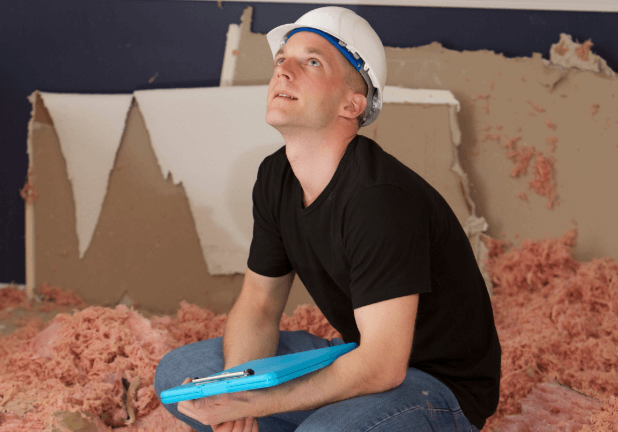
While some minor water issues can be handled by property owners, most water damage situations require professional intervention. Water damage restoration companies have the expertise, equipment, and experience to handle complex water damage scenarios and ensure your property is thoroughly restored. Professionals are trained to assess the extent of the damage, develop a restoration plan, and execute it efficiently. Their involvement not only guarantees a high-quality restoration but also provides peace of mind to property owners, knowing that their property is in capable hands.
Preventative Water Damage Measures
Regular Property Maintenance
Regularly inspect and maintain your property’s plumbing, roofing, and drainage systems. Address any leaks or issues promptly to prevent water damage.
Water Detection Devices
Water detection devices can alert you to leaks or flooding before significant damage occurs. These devices are particularly useful in basements, laundry rooms, and near water heaters.
Landscape Grading
Ensure that your property’s landscaping is designed to direct water away from the building. Proper grading and drainage systems can help prevent water from pooling around the foundation.
Seal Cracks and Openings
Seal any cracks or openings in your property’s foundation, walls, and windows to prevent water infiltration during heavy rain or flooding.
Conclusion
Effective water mitigation and restoration are crucial in minimizing damage and preventing long-term issues after a water-related incident. By understanding and implementing the techniques outlined in this article, you can protect your property and ensure a swift recovery. For expert water mitigation services, contact our team at 911 Restoration of West Palm Beach today.

